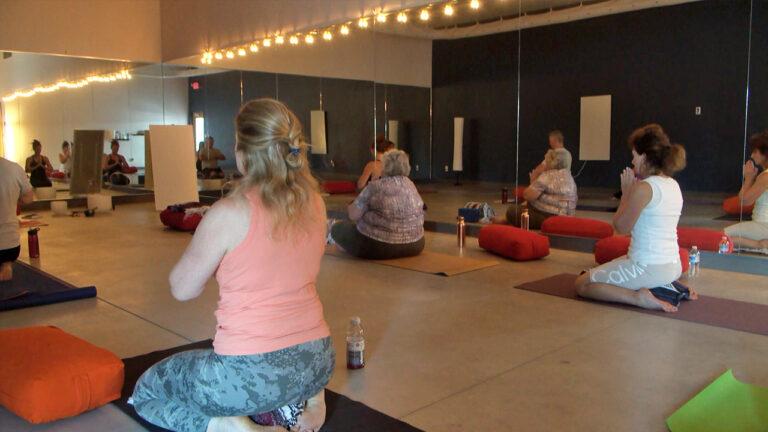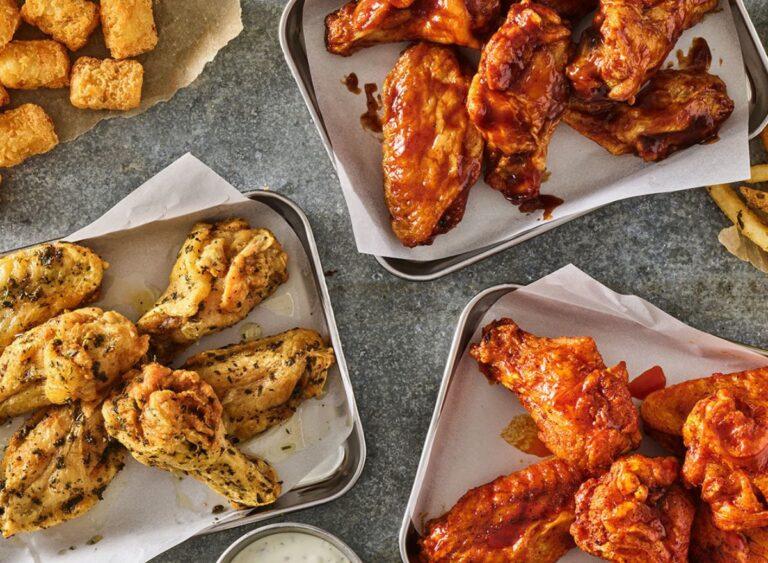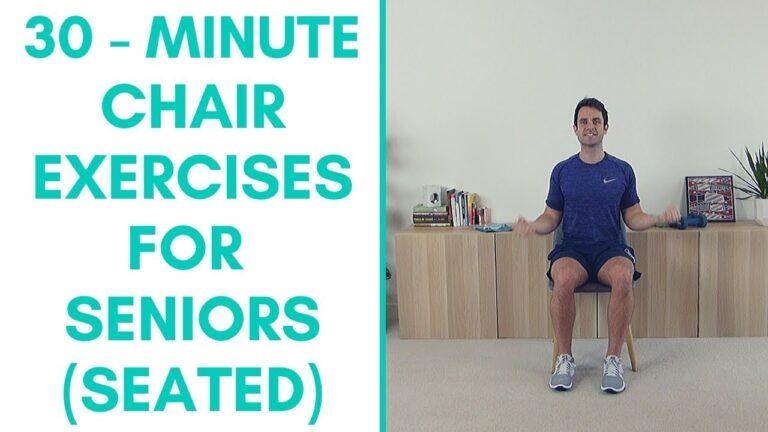Teaching student-athletes the ins and outs of the weight room is tricky. How much do you want to teach them? How much should they attempt to lift? Keep the first few lessons as simple as possible to be safe. Progress in the weight room takes time, and injuries only delay progress for days, weeks, and months on end. Basics are best, and these five movements are as basic as they get. Build on this foundation with more challenging, isometric, and challenging exercises over time. Overhead Press The standing version of this movement will teach the athlete to brace through their and push through their feet as the weight moves upward. For beginners, the barbell is a solid choice. If your athlete wants to train each side independently, opt for dumbbells. If you really want to emphasize form and control, opt for the Smith machine. Pullover The pullover is an exercise that will both stretch and contract the lats in the upper back. Athletes need to improve their range of motion; this exercise is a perfect measuring tool. If a machine version of this movement isn’t available, use a dumbbell. Consider using the triceps barbell. This is the bar with vertical handles in the middle. It widens out the arms so the athlete will have a greater range of motion than if they were holding the inside of a dumbbell. Lie on the bench or have your shoulders on the bench, so the rest of the body is off the bench. Lower your hips and move the weight back. You should feel the stretch. Deadlift The deadlift challenges the athlete to use their entire posterior chain to pick the weight up. Use a barbell or a hex bar. A hex bar includes an opening in the middle to stand in with handles on both sides to hold. This is a more natural position than holding the bar in front of you. Dumbbells or a Smith machine works too. Goblet Squat Squats are great for the quadriceps, glutes, and core. However, some parents and coaches are concerned about placing any load onto the spine. Goblet squats solve those concerns. Holding the weight out in front forces the athlete to maintain control of the core. If the feet are positioned properly, they can also lower their hips to squat deeper. Use a dumbbell or kettlebell. Walking Lunge The lunge is an excellent movement for the entire lower body. There are several ways to increase resistance. The athlete may hold dumbbells, kettlebells or wear a weighted vest. The vest will distribute the weight around the upper body, providing a different type of challenge. If you want to focus on form and repetition, have the student perform walking lunges without the extra resistance or consider bodyweight lunges. Single leg lunges are beneficial as well to prevent any muscular imbalances in the lower half. Final Pointers Ensure that an athlete’s form is precise and the movement of the weight is controlled before progressing. Challenge the athlete, but be smart about it. Lifting heavy without proper form and technique leads to injury or ill-gotten gains. Neither is beneficial in the long run. Perform the workout below three times a week with at least 48 hours in between workouts. Aim for two or three minutes of rest between sets. Sample Workout Overhead Press 3 sets of 8-10 repetitions. Pullover 3 sets of 8-10 repetitions. Deadlift 3 sets of 10 repetitions. Goblet Squat 3 sets of 10 repetitions. Walking Lunge 2 sets of 10 steps per leg. Read More: RECOMMENDED FOR YOU RECOMMENDED FOR YOU MOST POPULAR Teaching student-athletes the ins and outs of the weight room is tricky. How much do you want to teach them? How much should they attempt to lift? Keep the first few lessons as simple as possible to be safe. Progress in the weight room takes time, and injuries only delay progress for days, weeks, and months on end. Basics are best, and these five movements are as basic as they get. Build on this foundation with more challenging, isometric, and challenging exercises over time. Overhead Press The standing version of this movement will teach the athlete to brace through their and push through their feet as the weight moves upward. For beginners, the barbell is a solid choice. If your athlete wants to train each side independently, opt for dumbbells. If you really want to emphasize form and control, opt for the Smith machine. Pullover The pullover is an exercise that will both stretch and contract the lats in the upper back. Athletes need to improve their range of motion; this exercise is a perfect measuring tool. If a machine version of this movement isn’t available, use a dumbbell. Consider using the triceps barbell. This is the bar with vertical handles in the middle. It widens out the arms so the athlete will have a greater range of motion than if they were holding the inside of a dumbbell. Lie on the bench or have your shoulders on the bench, so the rest of the body is off the bench. Lower your hips and move the weight back. You should feel the stretch. Deadlift The deadlift challenges the athlete to use their entire posterior chain to pick the weight up. Use a barbell or a hex bar. A hex bar includes an opening in the middle to stand in with handles on both sides to hold. This is a more natural position than holding the bar in front of you. Dumbbells or a Smith machine works too. Goblet Squat Squats are great for the quadriceps, glutes, and core. However, some parents and coaches are concerned about placing any load onto the spine. Goblet squats solve those concerns. Holding the weight out in front forces the athlete to maintain control of the core. If the feet are positioned properly, they can also lower their hips to squat deeper. Use a dumbbell or kettlebell. Walking Lunge The lunge is an excellent movement for the entire lower body. There are several ways to increase resistance. The athlete may hold dumbbells, kettlebells or wear a weighted vest. The vest will distribute the weight around the upper body, providing a different type of challenge. If you want to focus on form and repetition, have the student perform walking lunges without the extra resistance or consider bodyweight lunges. Single leg lunges are beneficial as well to prevent any muscular imbalances in the lower half. Final Pointers Ensure that an athlete’s form is precise and the movement of the weight is controlled before progressing. Challenge the athlete, but be smart about it. Lifting heavy without proper form and technique leads to injury or ill-gotten gains. Neither is beneficial in the long run. Perform the workout below three times a week with at least 48 hours in between workouts. Aim for two or three minutes of rest between sets. Sample Workout Overhead Press 3 sets of 8-10 repetitions. Pullover 3 sets of 8-10 repetitions. Deadlift 3 sets of 10 repetitions. Goblet Squat 3 sets of 10 repetitions. Walking Lunge 2 sets of 10 steps per leg. Read More: RECOMMENDED FOR YOU RECOMMENDED FOR YOU
This content was originally published here.




















